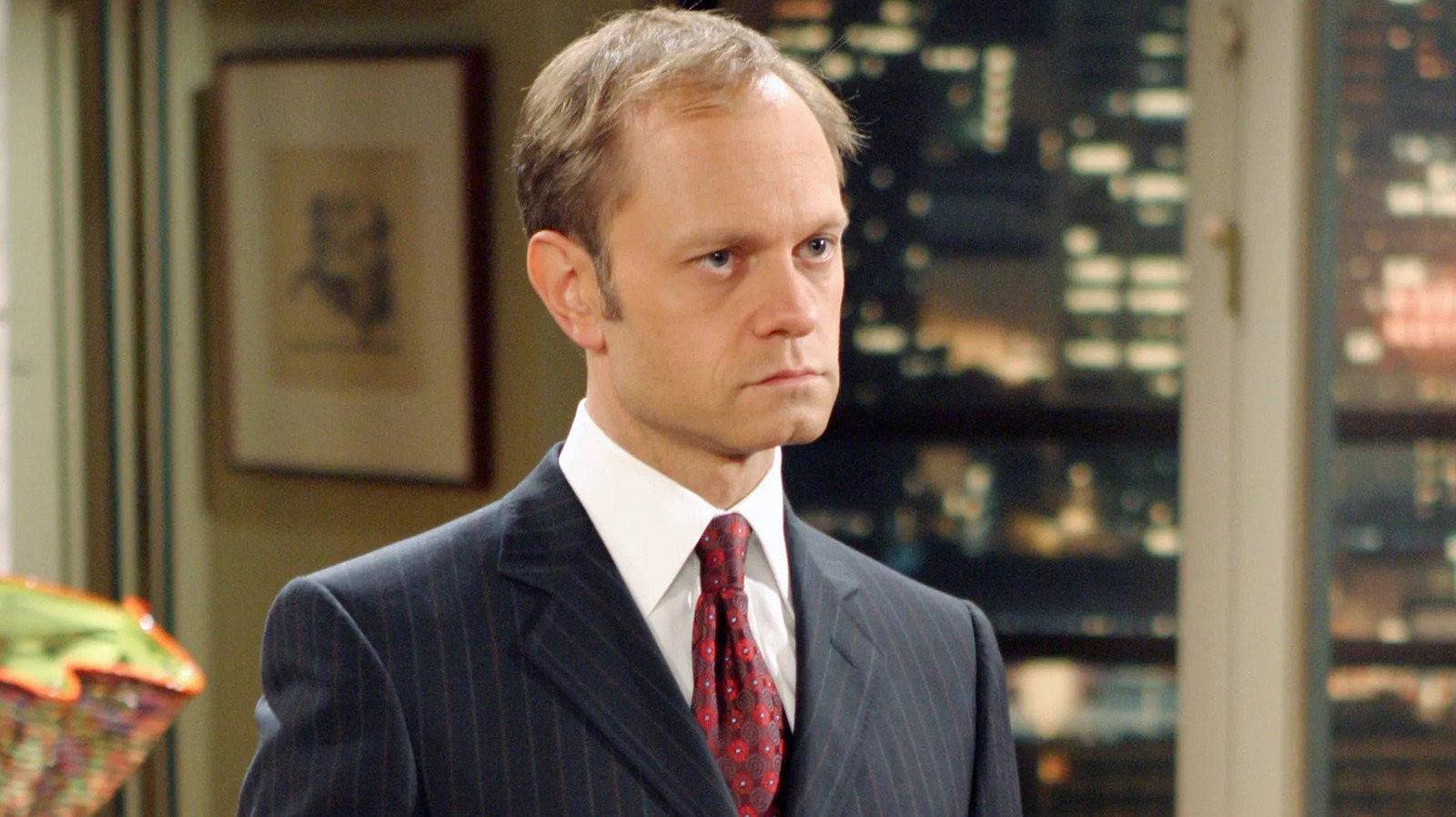
In the expansive eleven-season run of “Frasier,” the acclaimed spin-off of “Cheers,” viewers were treated to a unique comedic landscape distinct from its predecessor. While “Cheers” was set in a lively Boston bar, “Frasier” took audiences to Seattle, centering on the life of the titular psychiatrist who relocated to host a radio show and care for his aging father after a hip injury. When not immersing themselves in Frasier’s upscale condo or the radio studio, Frasier and his brother Niles often found themselves enjoying espressos in a trendy Seattle coffee shop.
Though several characters from “Cheers” made guest appearances on “Frasier,” these visits typically highlighted the stark differences between Frasier and his former bar acquaintances. However, both shows did share an interesting thematic connection: in “Cheers,” the mysterious Vera Peterson was talked about endlessly but never seen, and similarly, the audience never laid eyes on Niles Crane’s elusive wife, Maris. Interestingly, had circumstances been different, fans might have been introduced to Maris, as the show’s creators had a specific actress in mind.
Maris Crane served as a masterclass in comedic potential from the outset of “Frasier.” The character was described in outlandish and humorous ways without ever being physically present. Frasier’s quip about Maris being best liked “from a distance,” likening her to the sun without its warmth, exemplifies this clever approach. Details about her heiress background and thin frame, as described by Niles and their father Martin, painted a vivid picture in the audience’s minds. The clever excuses for Niles’s frequent absences with Maris were highlights of the show’s humor, from her bizarre interactions involving a goose and Italian soccer players, to her dramatic descriptions that invited laughter.
Character actress Julia Duffy, known for her prominent role on the sitcom “Newhart,” was eager to play Maris. According to insights from an oral history of “Frasier,” her agent reached out early in the show’s first season, expressing interest in letting Duffy portray the elusive character. Peter Casey, one of the creators, revealed that by that point, the writers believed leaving Maris unseen would yield funnier comedic outcomes. This creative choice allowed them to generate an engaging portrayal of a character never physically depicted on screen.
Duffy, who had garnered several Emmy nominations for her previous work, would have undoubtedly made a fitting Maris, but the writers’ decision to keep her absent added a layer of mystery and humor that resonated with fans. Unlike “Cheers,” which did eventually reveal Vera during a chaotic Thanksgiving episode, “Frasier” maintained its clever take on Maris, crafting various absurd scenarios for her absence, whether lounging in a bedroom or undergoing an unconventional treatment.
While it’s fascinating to consider how Julia Duffy could have brought Maris to life, the decision to let her remain an off-screen presence proved beneficial for “Frasier.” By leaving her character unshown, the writers kept audiences enchanted with imaginative descriptions, solidifying Maris Crane’s legacy in TV comedy history without ever requiring a visual reveal.





